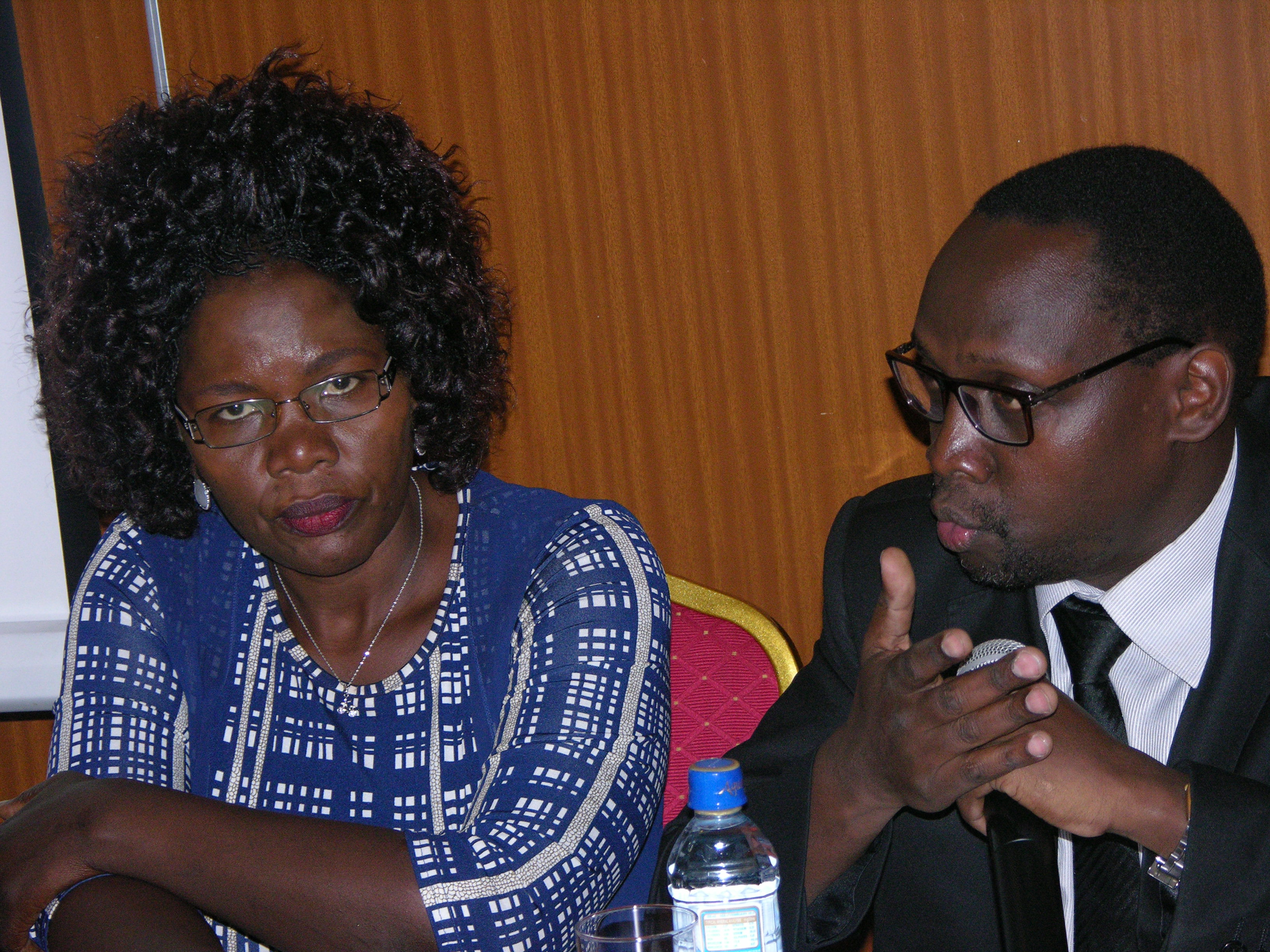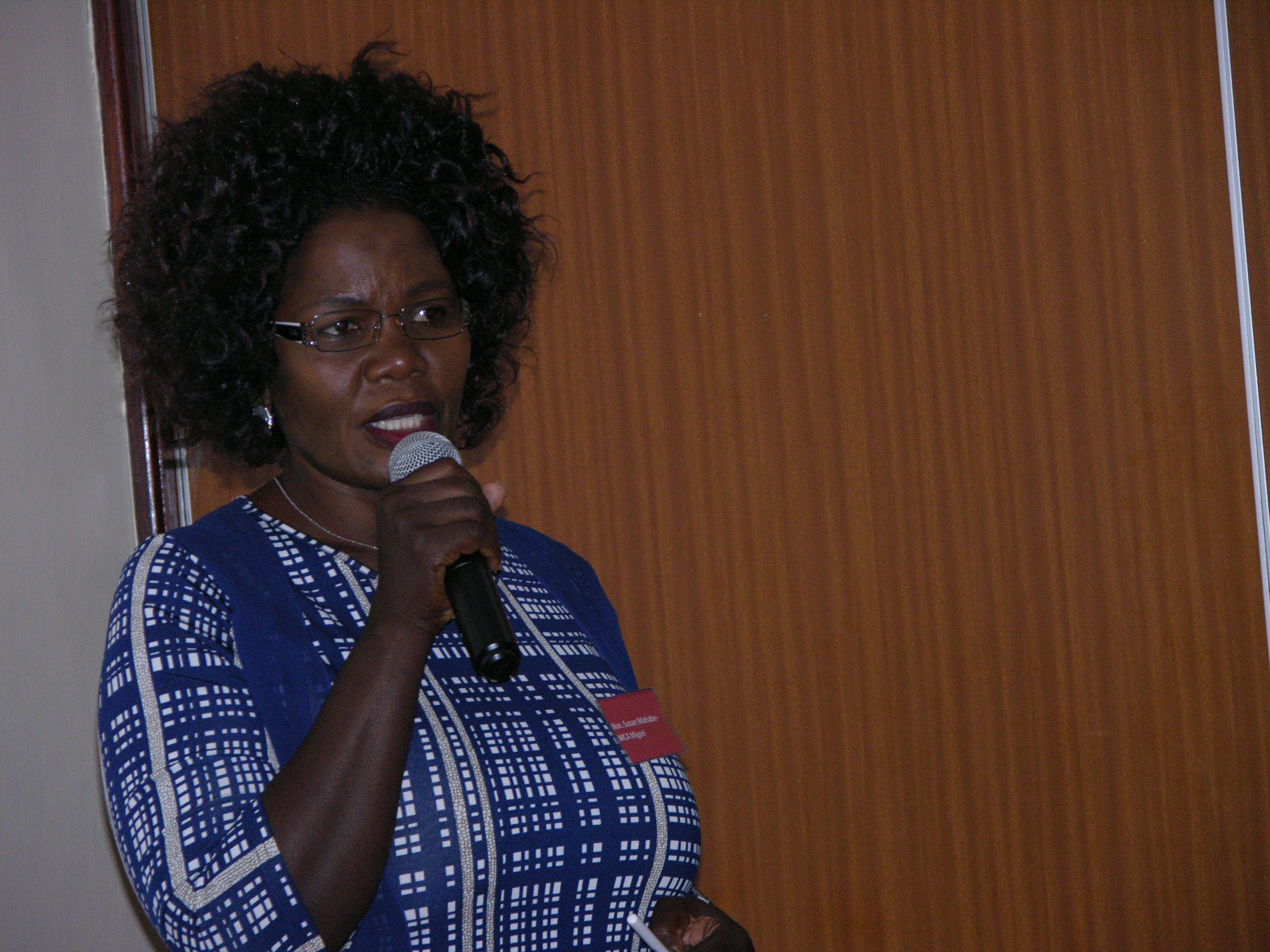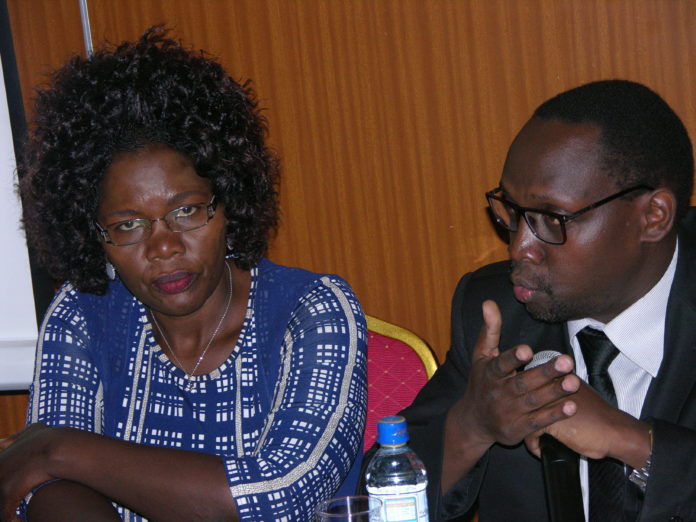BY Fred Deya
Managing natural disasters in Kenya has for a long time been an anxious move with hydro-metrological and environmental processes as the key factors triggering the occurrence.
However, the need for the preparedness to keep the catastrophes at bay has left many weather experts to dig deep into their expertise in order to come up with a conclusive measure and to fully curb the menace any time it appears.
Recently, Development Initiatives ( DI ) launched an assessment report on Kenya’s preparedness to disasters caused by natural hazards. The assessment focussed on floods, drought and disease outbreak.
The report outcome indicated that there is an increase in budget allocation for disaster preparedness, particularly at the international level through aid donation.

Only 23 out of 47 Counties under the control of National Drought Management Authority (NDMA) are well coordinated in terms of disaster preparedness, the report revealed.
Marther Bekele, a data analyst at development Initiatives outlined major approaches required to face the problems, saying “there is a need for early warning information about drought and flood in prone areas. In disaster, we normally look at preparedness at national level.”
Data and early warning information which brings about the access to data on disasters, risks and weather information should be some of the key considerable factor for the control of the catastrophe, added Bekele.

Among Counties hit by the natural calamities, Migori and Mandera are the most vulnerable areas experiencing severe floods and drought respectively, almost annually.
Mandera County has been prone to drought for years and the move to mitigate the problem is encouraging.
Different stakeholders have come together for disaster preparedness. This in the recent past has been a concern to NGOS and UN agencies, scaling down their operations due to unfavourable security situation and dwindling resources.
Mandera is ranked second in terms of poverty with over 85 percent of dwellers live below the poverty line. This, according the released report is due to perennial disasters like drought, flash floods, cross-border conflicts and diseased outbreaks.
In addition, the institutional approach to controlling disasters is actually a sheer method as we look at what is happening nationally. The legal and financial frame work, says Marther.
According DI data analyst, there is an availability of data information with over 300 data sets in terms of monitoring the issue. She said culture has been a great setback for Kenya to gain capacity for preparedness because of poor cultural diversity.
Another issue that should be taken into consideration is lack of political good will. Marther quoted on the bill that was introduced in the parliament to be debated on but has not yet gone through due to lack of political concern.
Migori County is another area in the coutry prone to disasters especially flood that triggers the outburst of other calamities like the outbreak of diseases like chlorella.
Speaking to Talk Africa, Symon Awidhi, volunteer member of the Red Cross society of Kenya in Migori’s Nyatike sub-County said that the disaster in Nyatike is dynamic, cutting across geographical locations.
Awidhi said that the area is prone to both flood and drought which occurs simultaneously, leading to destruction of property and loss of lives.
The last severe floods experienced in Nyatike was in 2015, leading to cholera outbreak and loss of both human and livestock lives. Six human lives and 100 livestock were lost due to flood and drought respectively.
“whenever the floods occur there must be disease outbreak like chorea and malaria. People starve because of heavy rainfall that never favours the land tenure in the area which is sandy soil. And when the water gets subsided, the land turns so try that cannot support the growth of crops, hence poor return in the farm.” Narrates Awidhi.
Awidhi advocates for capacity building from the vulnerable community in the area. He said there is need to come together to mitigate the menace by planting trees along the river banks, and preservation of water bodies by land owners.
The disaster activist also called upon the concern of the Country government to come up with an appropriate plan to control the outlawed natural occurrence in the area. He said it is a high time for the County assembly of Migori to swallow their pride and debate on appropriate fund allocation for disaster preparedness in the prone areas.
Red Cross Society of Kenya in Migori County has teamed up with 14 NGOs who have come through advocacy, implementing on health issues related to disaster.
Susan Mahabe, Member of Migori County Assembly ( MCA ) who is also the chairperson of Environment of Disaster Management said that managing disaster in the area should be a community priority before engaging both national and County government.
Susan applauded the community she comes from whereby there is an adaptable measure to mitigate the disaster through women empowerment. They train the women on disaster management.
“our initiative is working with the County relevant ministry to purchase seedlings and fertilizer as subsidize price for my people. We have worked with the County ministry of Agriculture to promote modern agriculture, ” said Susan.
According to the MCA, there is an increase in budget allocation for disaster management and preparedness in Migori County this year.
2.2 percent of the budget was allocated for disaster preparedness as compared to last budget that was only 1.1 percent of the total County annual budget had been bought, dug four boreholes for each ward.
Susan said that Kenyans are more reactive than proactive; Kenya red cross comes in to control at a time when the disaster has already featured, instead of controlling and preventing in time.
According to the recently released profile on Kenya Natural Disaster by United Nations Development Program under Kenya department of Meteorology, over of 80 percent of Kenya’s land mass is arid and semi-arid, supporting about half of the livestock population of the country and over 30 percent of total human population. These dry areas are prone to harsh weather conditions rendering communities within the areas vulnerable to natural hazards, especially drought. Nearly 70 percent of Kenya’s land mass is affected by drought.














